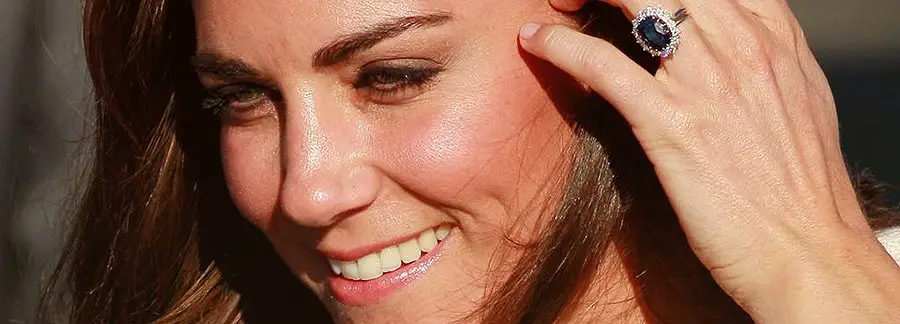
The nose is probably one of the least important parts of the face unless it’s your weakest feature. If you’re looking into changing your nose shape without surgery, you’ve probably stumbled onto mewing in your research.
By practicing mewing, you are conditioning the maxilla to move upwards, which affects how the rest of your face appears. Your nose size will not change. Instead, the surrounding tissues will move forward. This makes your nose less prominent and can decrease a nasal hump caused by facial recession.
If you’re too preoccupied with how your nose affects your appearance, don’t worry, you are not alone. A study with 400+ participants found that people use nose shape as a measure of attractiveness, and those with a protruded nose got the highest score for being physically attractive (Sevi et al. 2015). Mewing won’t help with your nose become more protruded, but it will improve your facial features in relation to your nose. To alter your actual nose shape, you need rhinoplasty.
For an overview of important nose aesthetics principles, check out this Looks Theory episode:
Consider one of our custom facial reports if you’re interested in an in-depth analysis of your nose area.
The Structure of the Nose
The nose consists of bone and cartilage. The nasal and maxillary bones support the nose. The nose itself consists of hyaline cartilage, which forms the lateral, major, and minor alar, and the septum. The part that gives the nose its shape is the lateral and major alar cartilage.
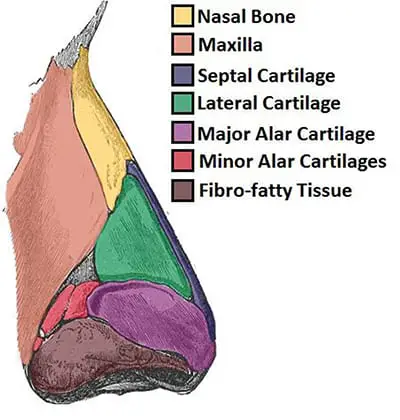
The internal surface of the nose is composed of the nasal septum, which serves as a divider for the nasal cavity. The bottom level of the nasal cavity consists of the hard palate, which separates the sinuses from the oral cavity.
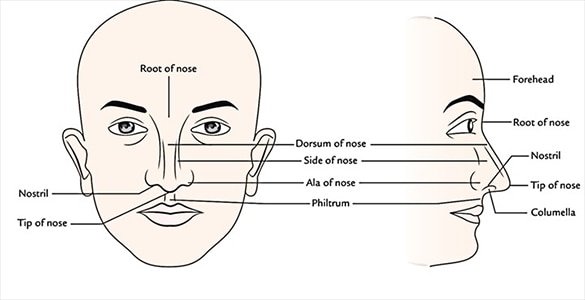
Factors That Affect Nose Shape
Climate
You may be wondering why people have different nose shapes. The main factor is geographical. It turns out nose shape is dependent on the air temperature levels that go inside the nostrils. People from colder regions of the world have narrow nostrils. This slim shape helps to make sure that the air warms up as it travels inside the nose.
For people living in dry and humid locations, the nose has a wider shape since they don’t need to warm up the temperature of the air. Our nostril size adapts to location and the degree of nose breathing. However, you should not expect too much change in your nose shape when you relocate from one place to another.
Genetics
We all know the important role of genetics when it comes to structuring our facial features, which is the biggest factor in nose shape. Unfortunately, neither mewing nor any type of exercise can change that. More than likely, you’ll have the same nose shape as your parents. The mating preferences of our ancestors also affect the shape of our nose.
Aging
The nose will change shape as we grow old; this is because our nose is comprised of hyaline cartilage that utilizes collagen. As our skin sags, our nose also stretches and droops downwards. This drooping motion is the main reason why our nose looks different over time. It’s also possible for the tip to become wider and give the illusion that the nose has become more significant in comparison to the whole face.
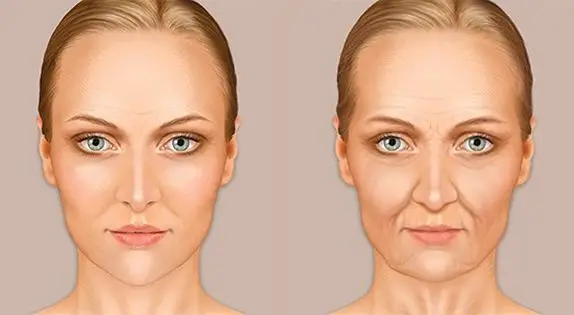
Effects of Mewing on the Nose
Mewing doesn’t directly change the shape of your nose. Instead, it affects the facial features surrounding it. This article explains how mewing affects the facial plane, facial upswing, philtrum curve, and other features surrounding the nose.
For us to understand how mewing affects the nose, we have to go back to the basic anatomy of the skull that consists of sutures. The sutures are fibrous joints (opposite of fixed bones) that allow us to reposition the bones of the head. These sutures also frame the maxilla in relation to the other bones.
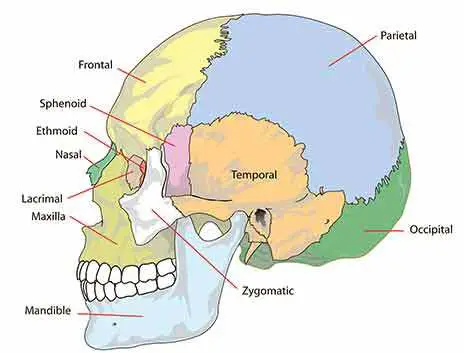
When you keep your tongue at the roof of your mouth, you are pushing the maxilla upwards. The lower part of your nose is resting on the maxilla, and moving the maxilla forward can also make your nose more prominent and straighter, as shown by this animation:
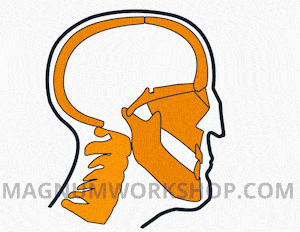
Mewing has also been known to straighten nasal septum deviations.
Since the nasal bone doesn’t recede as much as the maxilla can, it will still support the upper part of the bridge, even in severe facial recession. Some people don’t get a hook nose at all with facial recession because the nasal bone is supporting the whole nose.
However, keep in mind that the hooked nose that comes from facial recession is different from the “Roman” hooked nose, which is entirely genetic and found on many models.

Effects of Mouthbreathing on Nose
Look at the picture below and notice the difference between a mouthbreather vs. someone who breathes through the nose. Mouthbreathers have a longer face with a crooked nose and teeth.
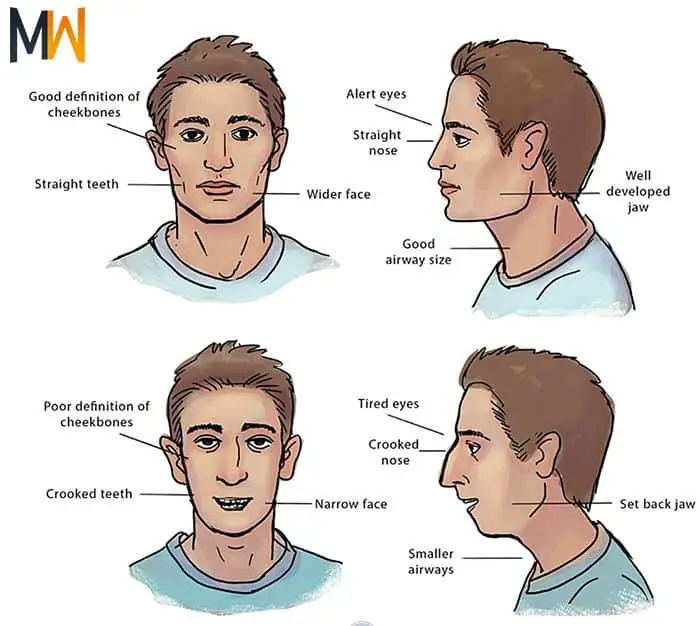
The worse the facial recession gets, the more the person has to tilt his head up to compensate. As a result, the effect of gravity on the nasal tissues becomes stronger, because they lack the support they normally would have had. However, not everyone with recession does this, and not everyone will develop the typical hook nose of a mouthbreather.
This video will further explain the adverse effects of mouth breathing.
Mewing, making sure that you seal your lips, and breathing through your nose allows for an optimal nose structure. Your nose has a “genetic blueprint” for how big it will get. An oversized nose is usually the result of the maxilla not being forward enough, which makes the nose look more prominent. Mewing will cause your lower face to upswing, thereby limiting the effects of gravity on the nose.
A good example is this 17-year-old from Reddit:
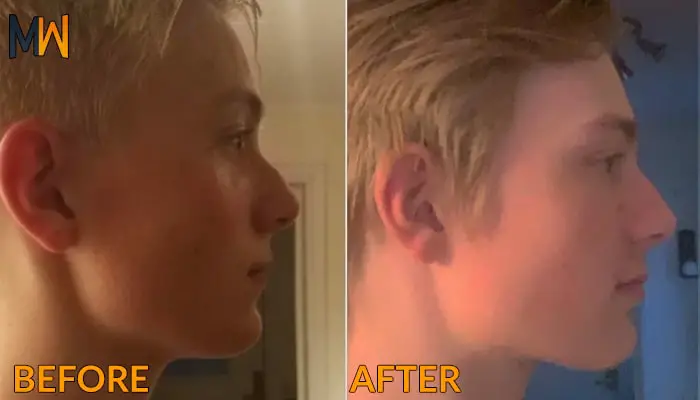
He had the making of a typical hook nose, and you can see that his undereye area lacked support—all clear signs of maxillary recession. However, after years of mewing, his undereye area improved, and his nose actually straightened out.
Rhinoplasty
Unfortunately, your nose is one of the last things to change with mewing. It takes years, if not decades, to undo the amount of facial recession that made your nose hooked when it was originally straight. Also, mewing won’t help a hooked nose that comes from genetics. And ultimately, mewing can’t change the remainder of your nose or alter your nasal ala.
For that, you need rhinoplasty. Surgeons have gotten very good at this type of surgery, but you still want to make sure you visit a board-certified plastic surgeon who has a lot of experience. Here are some typical rhinoplasty results:

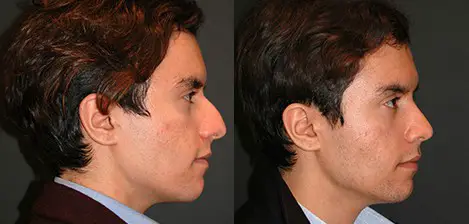
If you’re looking for results like these, it might take you years/decades of mewing. If your nose is a huge concern of yours, skip straight to the rhinoplasty. Just keep in mind that nobody pays attention to our nose as much as ourselves. In reality, it’s the least important part of the face.

